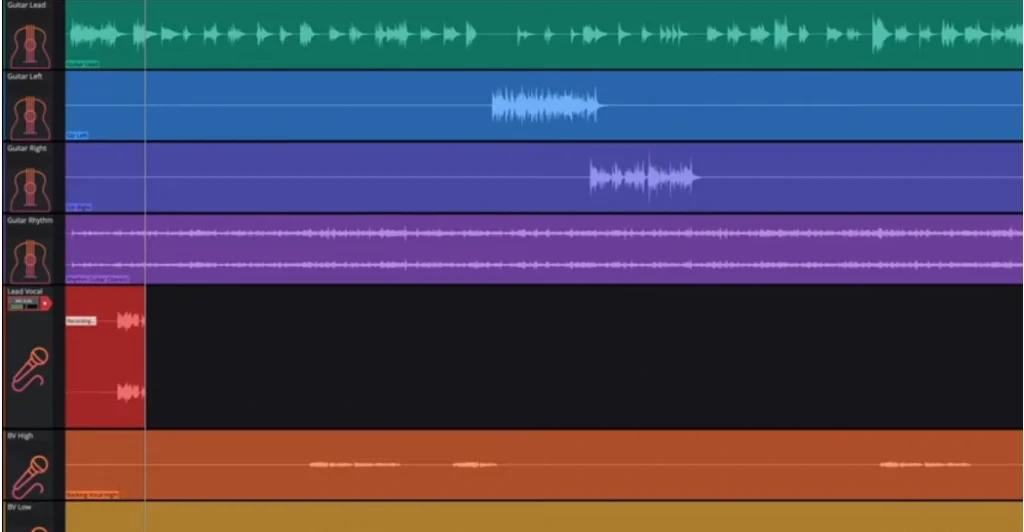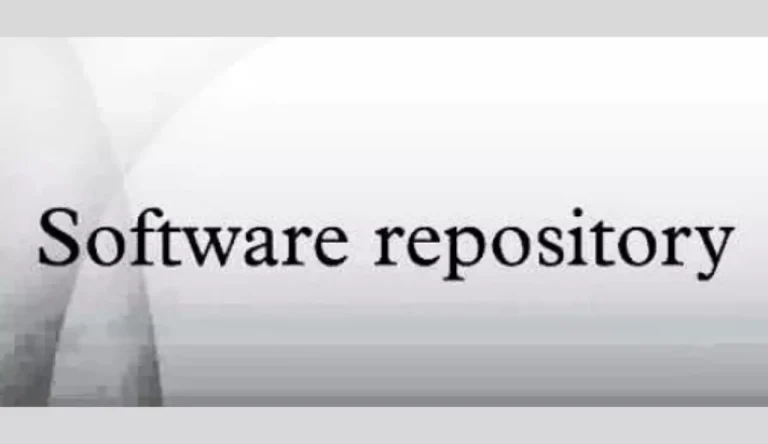What Software Do Music Producers Use
As a music producer, I am often asked about the software I use to create my tracks. The truth is, there are a variety of tools that we rely on to bring our musical visions to life.
From Digital Audio Workstations (DAWs) that serve as our creative hubs, to virtual instruments and plugins that add depth and texture, we have an array of options at our disposal.
Additionally, music production equipment such as MIDI controllers and synthesizers help us shape the sounds we imagine in our minds. Drum machines and samplers allow us to craft intricate beats and rhythms, while mixing and mastering tools ensure that our tracks sound polished and professional.
And with collaboration platforms and music sharing websites, we can connect with other artists from around the world to exchange ideas and inspiration.
In this article, I will delve into the fascinating world of software used by music producers, giving you an inside look at how these tools contribute to the creation of your favorite songs.
Digital Audio Workstations (DAWs)
So, what’s the deal with DAWs? What software do music producers actually use?
Well, when it comes to creating music in today’s digital age, Digital Audio Workstations (DAWs) are the go-to tools for professionals. These powerful software programs provide everything a producer needs to record, edit, and mix their music all in one place.
There are several popular options available for DAW selection, including Ableton Live, Logic Pro X, and FL Studio.

One important aspect of working with a DAW is the ability to control your music using MIDI controllers. These devices allow producers to manipulate virtual instruments and effects by playing keys or pads on a physical controller. This adds an extra layer of creativity and expressiveness to the production process.
Overall, choosing the right DAW and utilizing MIDI controllers can greatly enhance a music producer’s workflow and help them bring their artistic vision to life.
Virtual Instruments and Plugins
Virtual instruments and plugins are essential tools for music producers, allowing us to create unique and professional-sounding tracks.
Some of the most popular virtual instruments include Native Instruments Kontakt and Spectrasonics Omnisphere, which offer a wide range of realistic sounds and samples.
Additionally, there are versatile plugins available for sound manipulation and effects, giving us endless possibilities to shape our audio in exciting ways.
Popular virtual instruments like Native Instruments Kontakt and Spectrasonics Omnisphere
One of the most popular software choices for music producers is Native Instruments Kontakt, known for its extensive library of virtual instruments. Kontakt offers a wide range of sounds, from orchestral instruments to synthesizers and drums. Its user-friendly interface allows producers to easily navigate through the vast collection and customize each instrument to their liking. Another highly regarded virtual instrument is Spectrasonics Omnisphere, which boasts a massive sound library with over 14,000 sounds and unique granular synthesis capabilities. Omnisphere also offers features like live mode, where you can play multiple patches at once for complex layering effects. Other alternative options include EastWest ComposerCloud and Arturia V Collection. These virtual instruments provide even more flexibility and creativity to music producers by offering unique features and capabilities that enhance their compositions.

Versatile plugins for sound manipulation and effects
With a wide array of options available, producers can effortlessly shape and transform their sounds using versatile plugins for seamless sound manipulation and captivating effects. These plugins provide a plethora of sound design techniques and audio editing techniques that allow producers to take their tracks to new heights.
Here are three essential plugins that every music producer should consider incorporating into their workflow:
- FabFilter Pro-Q 3: This powerful equalizer plugin allows precise control over the frequency spectrum, enabling producers to sculpt their sounds with surgical precision.
- Soundtoys Decapitator: As its name suggests, this plugin adds analog warmth and saturation to digital recordings, giving them a vintage feel and character.
- Waves H-Delay Hybrid Delay: This versatile delay plugin offers various delay types, modulation options, and filtering capabilities, allowing producers to create unique rhythmic patterns and immersive sonic landscapes.
By utilizing these plugins, producers can achieve professional-grade sound manipulation and effects in their productions.
Music Production Equipment
To really dive into music production, you’ll need some top-notch gear. Music production techniques have evolved over the years, and having the right equipment is crucial to achieving professional results.
One essential piece of equipment is a high-quality audio interface, which allows you to connect your instruments and microphones to your computer for recording.
A reliable set of studio monitors is also important for accurately hearing and mixing your tracks.
Additionally, a MIDI controller can greatly enhance your workflow by allowing you to play virtual instruments and control software parameters with ease.
For live recording techniques, a good microphone collection is essential, including dynamic mics for vocals and instruments, as well as condenser mics for capturing detailed sound sources.
Investing in quality music production equipment will undoubtedly elevate your productions to new heights.
Drum Machines and Samplers
Imagine the power of creating your own unique beats and rhythms, transporting your listeners to a world where every beat pulsates with emotion. To achieve this, music producers rely on a combination of drum machines and samplers. These tools allow us to craft intricate percussion patterns and add depth to our compositions.
When it comes to drum machine selection, there are several options available in the market. From classic analog units like the Roland TR-808 and TR-909 to modern digital models like Native Instruments Maschine, each offers its own distinct sound palette and features.
As for sampler techniques, we can manipulate audio samples by adjusting pitch, adding effects, or slicing them into smaller segments for creative arrangements. With these powerful tools at our disposal, we can truly shape the rhythm section of our productions with precision and artistry.
Mixing and Mastering Tools
Mixing and mastering tools elevate the final sound of a track, transforming it into a polished gem that sparkles with clarity and depth. These tools play a crucial role in the post-production process, ensuring that every element of the music is balanced and optimized for maximum impact.

One essential tool used by music producers is vocal tuning software. This software allows producers to correct pitch imperfections in recorded vocals, ensuring that they’re in tune with the rest of the track.
Another important tool is audio restoration software, which helps remove unwanted background noise or imperfections from recordings, resulting in cleaner and more professional-sounding tracks.
By utilizing these mixing and mastering tools, music producers can take their tracks to the next level, creating a finished product that sounds polished and professional.
Collaboration and Music Sharing Platforms
Now that we’ve covered the essential mixing and mastering tools, let’s move on to the next crucial aspect of music production: collaboration and music sharing platforms. These platforms have revolutionized the way musicians work together and share their creations.
With the advancement of technology, online music collaboration has become more accessible than ever before. Music collaboration platforms like Splice, Soundtrap, and BandLab provide a virtual space where artists can connect, exchange ideas, and collaborate on projects from anywhere in the world. Additionally, these platforms offer features such as real-time editing, file sharing capabilities, and built-in communication tools to streamline the collaborative process.
On top of that, online music sharing platforms like SoundCloud and YouTube allow musicians to showcase their work to a global audience easily. The internet has truly opened up endless possibilities for musicians to collaborate and share their music with others.
Benefits of using collaboration platforms:
- Global reach: Connect with artists from all over the world.
- Real-time editing: Collaborate seamlessly regardless of geographical location.
Advantages of using online music sharing:
- Wide exposure: Reach a larger audience beyond physical constraints.
- Feedback opportunities: Receive comments and critiques from listeners worldwide.
Frequently Asked Questions
Final Words About What Software Do Music Producers Use
In conclusion, music producers utilize a variety of software tools to bring their creative visions to life.
Digital Audio Workstations (DAWs) serve as the central hub for recording and editing tracks, while virtual instruments and plugins provide endless sonic possibilities.
Music production equipment such as drum machines and samplers add texture and rhythm to compositions.
Mixing and mastering tools ensure a polished final product, while collaboration and music sharing platforms enable producers to connect with other artists worldwide.
The world of music production is constantly evolving, with new software innovations making it easier than ever to create professional-quality music.
Read More:






